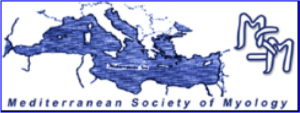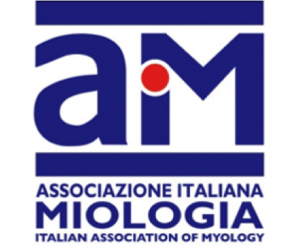In patients with muscular dystrophies both muscle length tension relationship changes and muscle elasticity and plasticity are decreased, resulting in impaired inspiratory muscle function and decreased vital capacity. Furthermore, the loss of deep breathing further increases the risk of alveolar collapse, hypoventilation and atelectasias. In this case report, a stable improvement of vital capacity after treatment with mounthpiece ventilation (MPV), was observed, suggesting that not invasive ventilation (NIV) might help to maintai lung and chest wall compliance, prevent hypoventilation and atelectasias which in turn may slow down the development of the restrictive respiratory pattern. The improvement of vital capacity may have a positive impact on alveolar ventilation by reducing the time with SaO2 values below 90%. This case illustrates that MPV is an effective method to improve respiratory function in patients non-tolerant of nasal mask and a valid alternative option for those who need NIV support for the most part of the day. Furthermore, the use of MPV, alone or combined with other interfaces, improves the quality of life of the neuromuscular patients and promotes a greater adherence to mechanical ventilation.






